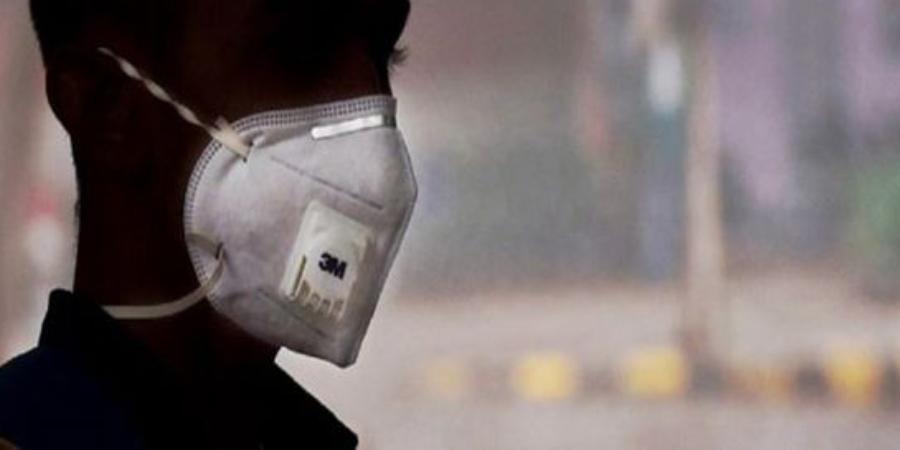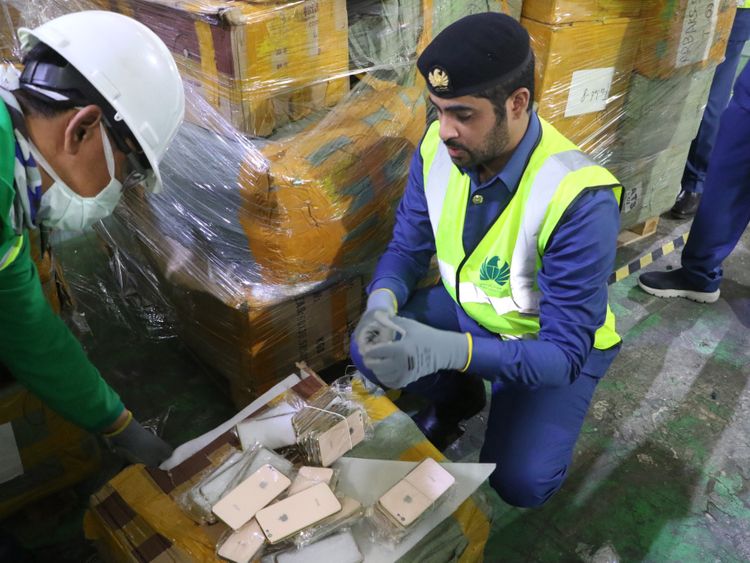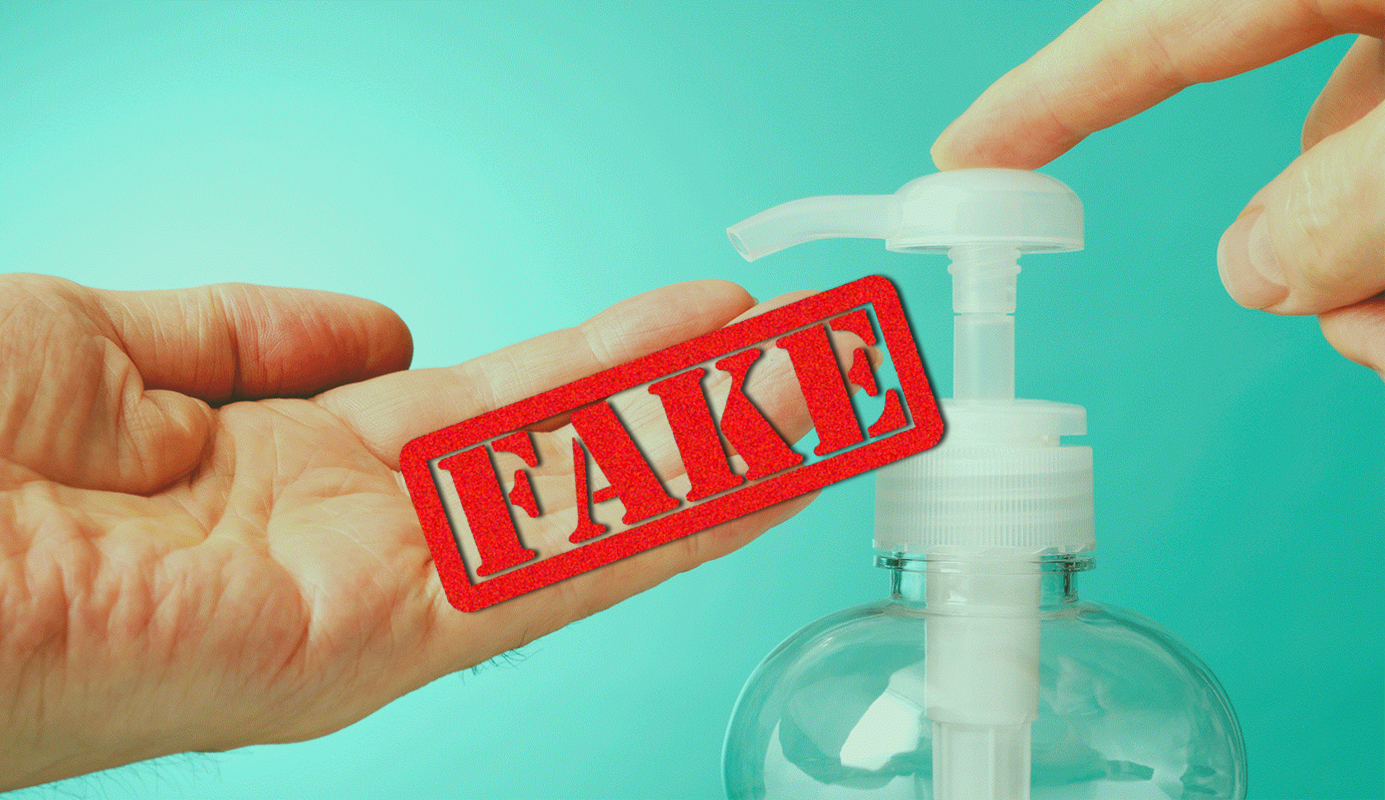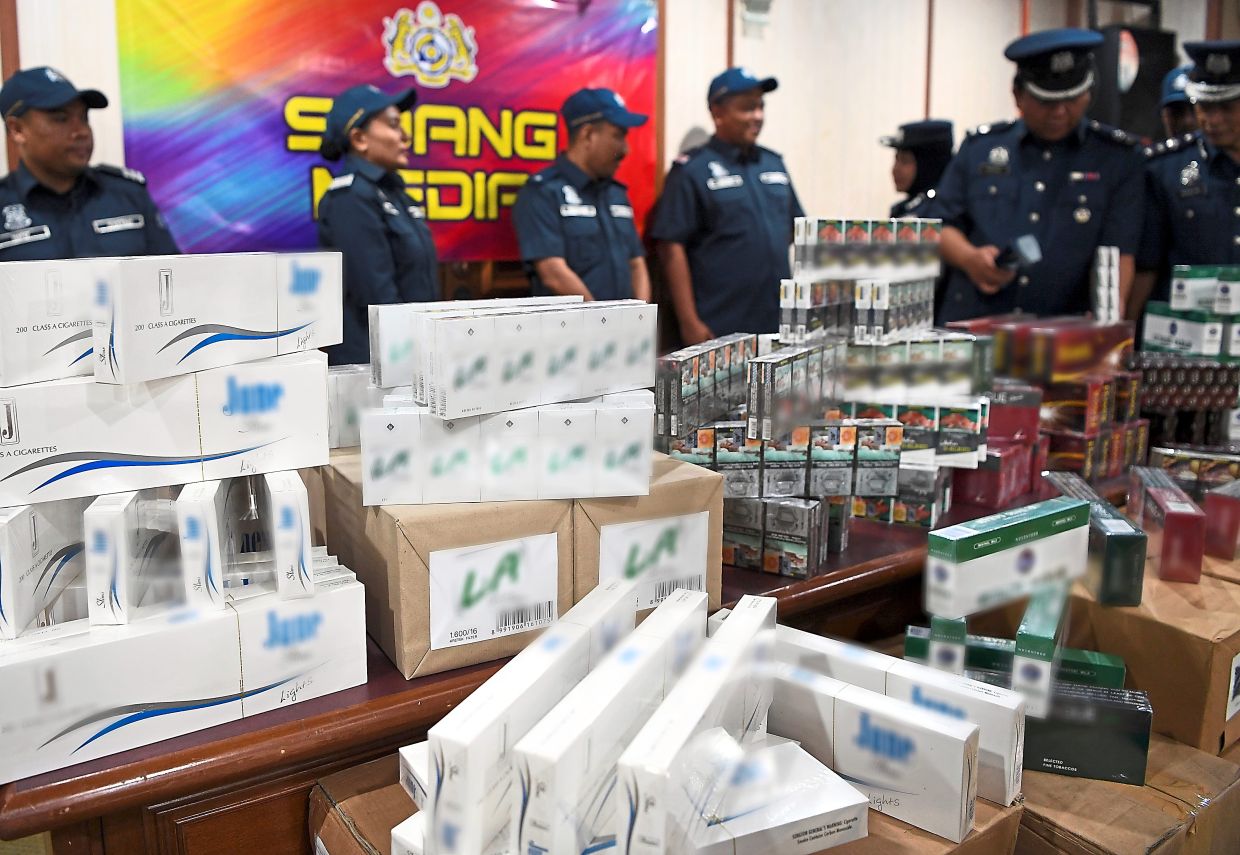Fake hand sanitiser racket busted in Hyderabad after 1 lakh bottles sold for Rs 1.4 crore.
Police seized 25,000 units of 100 ml sanitisers and raw materials worth Rs 40 lakh. Investigation has revealed that so far the accused have manufactured and marketed 1 lakh bottles worth Rs 1,44,00,000. A fake hand sanitiser manufacturing unit was busted on the outskirts of Hyderabad as police and drug inspectors seized batches of these fake products. Acting on a tip-off, sleuths of the Special Operations Team (SOT) of Rachakonda, along with police officers of Hyderabad and Ayush Drug Inspector from Telangana, raided the duplicate hand sanitiser manufacturing unit and recovered the fake products.
Police seized 25,000 units of 100 ml sanitisers and raw materials worth Rs 40 lakh. Investigation has revealed that so far the accused have manufactured and marketed 1 lakh bottles worth Rs 1,44,00,000.
Over 4 kg smuggled gold seized at Chennai Airport.
Customs officials at Chennai Airport on Wednesday seized 4.6 kg gold worth about Rs 1.90 crore hidden in two aeroplanes.
In a statement issued here, the Commissioner of Customs in the Chennai International Airport said based on information that gold was likely to be smuggled through flights arriving from Abu Dhabi, Etihad Airways flight EY-268 which arrived from Abu Dhabi was subjected to a search on Wednesday.
According to the statement, the customs officers recovered two bundles wrapped with adhesive tape concealed underneath the cushion of one of the seats.
On opening the bundles, the officers recovered two 1 kg gold bars with foreign marking and two gold rectangular plates and four gold cut bars totally weighing 3.99 kg valued at Rs. 1.65 crore.
The customs officers again hit gold in Indigo Airlines flight 6E-054 which arrived from Singapore.
During a search, a cloth pouch was found concealed inside hollow pipe of one of the seats.
On opening the pouch, three gold cut bits, totally weighing 600 grams valued at Rs 25.52 lakh was recovered.
Since there were no claimants to claim the ownership of the recovered gold from both the flights, the same was seized as “unclaimed” under the provisions of Customs Act, 1962, the statement said.
https://www.outlookindia.com/newsscroll/over-4-kg-smuggled-gold-seized-at-chennai-airport/1772161
Lear MoreHoly smokes: Over RM11mil worth of contraband cigarettes seized.
The Johor Customs Department seized a container with RM11.33mil worth of contraband cigarettes from China.
The 40-foot container had landed at the Tanjung Pelepas Port on March 11 around 4pm, said the department’s Gelang Patah branch director Datuk Mohammad Hamiddan Maryani during a press conference on Monday (March 16).
“The contents were declared as oil filters, air filters, rubber hoses, and rubber belts.
“Upon inspection, we found numerous boxes containing a total of 51,500 cartons, or 10,300,00 sticks of U2 brand cigarettes,” he said.
Mohammad Hamiddan said that the amount of contraband totalled up to RM4.12mil with unpaid duty of RM7.21mil.
He added that a 41-year-old local man, who is the shipping agent for the contraband was arrested to assist with the investigation and has been released on a RM25,000 bail.
“The cigarettes are suspected to be sold in Johor, as this brand is particularly popular among Johoreans,” he said adding that this was the fourth case of cigarette smuggling this year.
Lear More
Bengaluru shops raided for selling hand sanitizers, masks at high price.
BENGALURU: Over 200 medical shops were raided in the city for allegedly selling masks and hand sanitizers at exorbitant prices, cashing in on soaring demand due to Coronavirus outbreak, police said on Sunday. “On complaints from the public, we raided about 210 drug shops across the city on Saturday and stocks seized for selling masks and sanitizers at twice or thrice the retail price,” Bengaluru crime branch deputy commissioner of police (DCP) Kuldeep Jain told IANS here.
The police also booked cases against many pharmacies for allegedly selling the essential medical items 2-3 times over the maximum retail price (MRP).

Dubai Customs recycles 48,000 counterfeit items in Q1 of 2020.
Dubai Customs destroyed 48,000 counterfeit items as part of its efforts to combat piracy and support sustainable development.
The destruction of the items was followed by a recycling process, which helps brand owners get rid of copied products without harming the environment.
The items included 42,184 Apple products, valued at AED861,000. The activity took place in the presence of a delegation from the American Consulate, Malik Hanouf, CEO of Brand Owners’ Protection Group; Soud Al Aqroubi, Director of International Relations at Federal Customs Authority; Yousef Ozair Mubarak, Director of IPR Department at Dubai Customs; Mohammed bin Nasser, Manager of IP Dispute Section, and Sara Al Suwaidi, Manager of External Relations Section at Dubai Customs.
As a procedure, trademark owners are informed once the fake items are seized, in order to attend the recycling. The IPR Department at Dubai Customs leads the way in seizing counterfeit goods and protecting brands from IP violations.
In 2019, there were 337 IP dispute cases, with a market value of AED40.2 million, out of which 274 were genuine products valued at AED33.4 million and 53 were fake ones, valued at AED10.8 million. Last year, 637,000 items for 190 trademarks were recycled, and the dispute cases concerning genuine products comprised 84 percent of the total.
http://wam.ae/en/details/1395302830878
Lear MoreDRI sleuths seize 2.7 kilo gold smuggled from Myanmar.
Directorate of Revenue Intelligence (DRI) sleuths seized around 2.7 kilo of gold valued about Rs 1.13 crore smuggled from Myanmar at a railway station close to Kolkata and arrested two persons, an official said on Saturday.
Acting on a tip off, the DRI sleuths reached Daskhineswar Railway Station on Friday evening and mounted a surveillance on the down platform where the 13174 Down Kanchanjungha Express was scheduled to arrive.
At about 7-20 PM after the train arrived, the DRI officials saw two persons de-boarding whose appearance matched with the information received about a duo carrying a huge quantity gold.
The two persons were intercepted and on questioning, they disclosed their names as Lalrempuia and Hrangduhkima.
On personal search of Lalrempuia and Hrangduhkima, 16 gold biscuits of foreign origin, wrapped with black coloured adhesive tapes were recovered from specially made cavities inside the waist part of their trousers.
The collective weight of the recovered gold biscuits was ascertained as 2656.900 valued at Rs. 1,12,73,227.
https://www.outlookindia.com/newsscroll/dri-sleuths-seize-27-kilo-gold-smuggled-from-myanmar/1761738
Lear More
FDA seize fake hand sanitisers from distributor in Kandivali worth Rs 2 lakhs
The Coronavirus that is spreading rapidly around the globe has nearly infected 73 people in India and killed more than 4,500 individuals globally.
Taking advantage of the pandemic that is going round the world in the wake of the epidemic Coronavirus in the fear of which people are hurrying up to get to the chemist shop to buy products such as masks and sanitisers, some sellers and distributors of sanitisers and masks are taking advantage of the situation by selling fake and in adequate products.
Fake sanitizers seized in Gurugram, Mumbai and Srinagar
Deadly Coronavirus is spreading its claws gradually but consistently. At such times, when humanity needs to be united in order to fight against the deadly COVID19, few people are trying to make easy money. This is why they had been making fake sanitizers and selling them.
Raids were conducted at such places and more than 3000 sanitizer bottles were seized.

Contraband cigarettes worth RM49,000 seized.
The Pahang Customs Department seized 2,928 cartons of cigarettes of various brands worth RM49,000 hidden in a house here.
Customs assistant director-general (Enforcement) Datuk Johari Alifiah said the raid was carried out at Lorong Air Putih 6, Taman Klasik, here on March 3, following a public tip-off and an intelligence operation carried out by the state Customs authorities.
“All the cigarettes were found stored in brown boxes arranged under the living room stairs with unpaid duties estimated at RM380,000.
“For now, we are identifying the house owner to track down the individuals who rented the house as there was no one there during the raid, ” he told a press conference at Wisma Customs here yesterday.
Johari reminded house owners to be discerning when renting to tenants as the premises might be misused for illegal activities.
He said the case was being investigated under Section 135 (1) (d) of the Customs Act 1967 for possession or selling of smuggled cigarettes, which carries a fine of not less than 10 times the value of the goods or RM100,000, whichever is higher, for the first offence, upon conviction.
https://www.thestar.com.my/news/nation/2020/03/13/contraband-cigarettes-worth-rm49000-seized
Lear MoreCoronavirus scare: Fake hand sanitizer plant busted in J&K
Drug Control Department of Jammu and Kashmir has ceased “fake” hand sanitizers, which were being supplied to the market in bulk amid coronavirus scare. The authorities have also sealed a re-fill plant in the Ganderbal district of J&K, where the fake sanitizers were being packed and transported to the market, as per media reports.
According to media reports, on Tuesday a complaint was received regarding fake sanitizers being supplied by a person across Kashmir. After this, two flying squads headed by Deputy Director Irfana Ahmad and Assistant Drug Controller Mohammad Younis raided various locations including an industrial unit in Srinagar.



